The photographers shaping the way we see modern civilisation

Civilisation: the latest behemoth subject to be tackled by Thames & Hudson. No mean feat for a publishing house that has already this year investigated a photographic history of China, and a wedge-like history of space exploration. Big subjects, it seems, are popular coffee table-toppers of late. Part a Who’s Who handbook for the photographically astute, part documentary of everything, Civilization: The Way We Live Now is as epic as it sounds (in the traditional sense of the word). The 352 pages zing with 500 photographs, many previously unpublished, from 140 leading photographers from far-flung corners.
Few have successfully attempted a photography project with such scope since Edward Steichen’s 1955 MoMA exhibition. ‘Family of Man’ brought together hundreds of images by photographers working around the world in a forthright declaration of global solidarity in the decade following the Second World War. ‘Since then, curators have been less at ease with sweeping overviews,’ write Todd Brandow and Bartomeu Marí in the foreword of Civilization. Perhaps we've become too detail-obsessed in our minutiae-focused, Google-everything world; too divided and oppositional. ‘Photographers are at work everywhere, looking at everything. Why not step back and try and take in the big picture?’
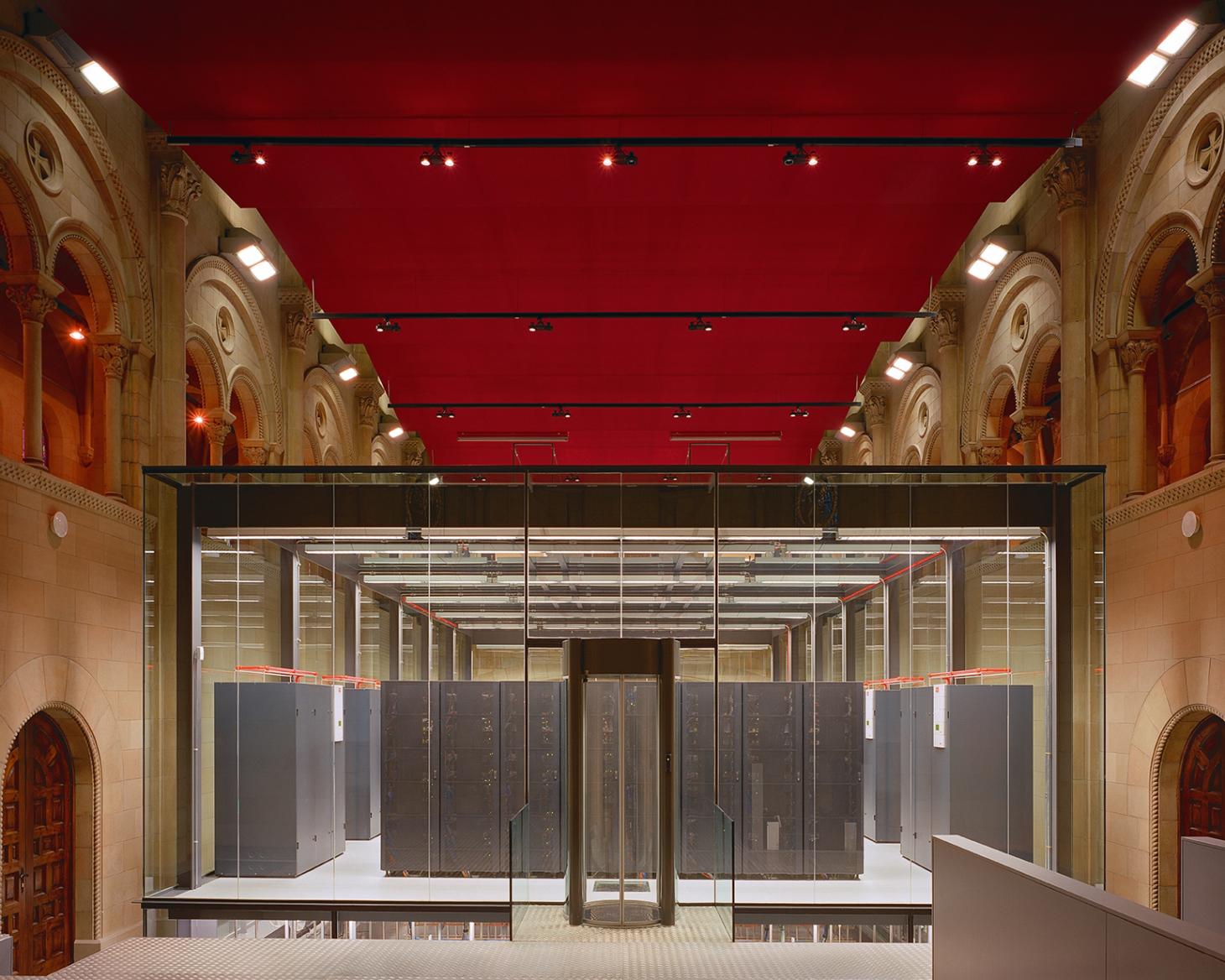
The Mare Nostrum supercomputer at Barcelona Supercomputer Center, 2006, by Simon Norfolk. © The artist
Rather than the meandering, overwhelming story that Civilization could tell, authors William E Ewing and Holly Roussell have managed to keep things markedly orderly, through eight thematic, signposting chapters. They’re called things like ‘Hive’, a chapter that captures the buzzing insect colony of today's cities through the dizzying human seas of Cyril Porchet, and the vast urban markets of Massimo Vitali. Or ‘Alonetogether’, which presents the human as a social animal, through portraits of friend groups, faith gatherings, sports teams; while alluding to the lonely corners of society, in the pitfalls of tech-induced isolation, as in Evan Baden’s selfie-culture portrait series Technically Intimate (2010).
Through clinical capturings of health facilities by Reiner Riedler, and scientific shots of space centres by Vincent Fournier, ‘Next’ (the final chapter), visually embodies the invention, fear, and pure fantasy of looking into the future. The chapter answers not only The Way We Live Now, but ponders at the way we will live tomorrow. ‘Sometimes with all the breathless talk, it seems “next” has arrived – and it's already old hat,’ write Ewing and Roussell. ‘We’ve dropped the old question, what’s new, pretty much, simply because the newness has become so routine.’ History and futureollide in Simon Norfolk’s photograph of the Mare Nostrum at the Barcelona Supercomputer Center, built in the nave of an old church to help with its cooling; a piercing metaphor of our worship-like relationship with technology.
Bolstered on each page by musings direct from the mouths of those who made the work, we’re reminded of the human at the other side of the camera, the individuals caught up within civilisation as a whole. In a chapter called ‘Control’, Edgar Martins writes, ‘To photograph is to collect the world.’ It’s also to preserve it. Rather than a mesh of mismatched, disconnected scenes, Civilization becomes a global family photo album; a memory book of personal stories that patchwork to form a rounded impression of humanity. Our advice? Send this book into space as a visual capsule of life on our planet today (though it might scare any prospective Earth-dwellers off).
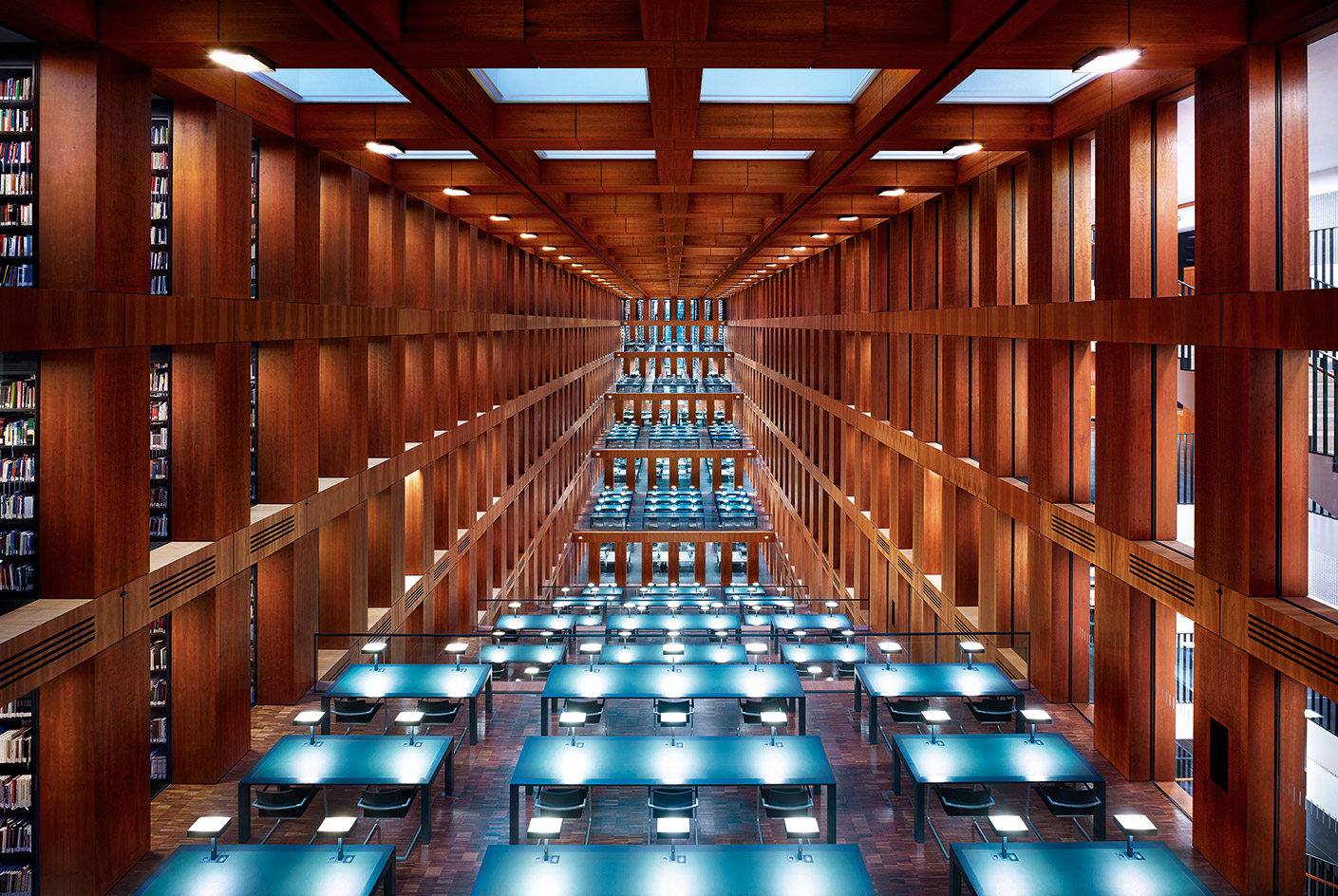
Humboldt University Library I Berlin, 2014, by Luca Zanier, from the series Corridors of Power. © The artist
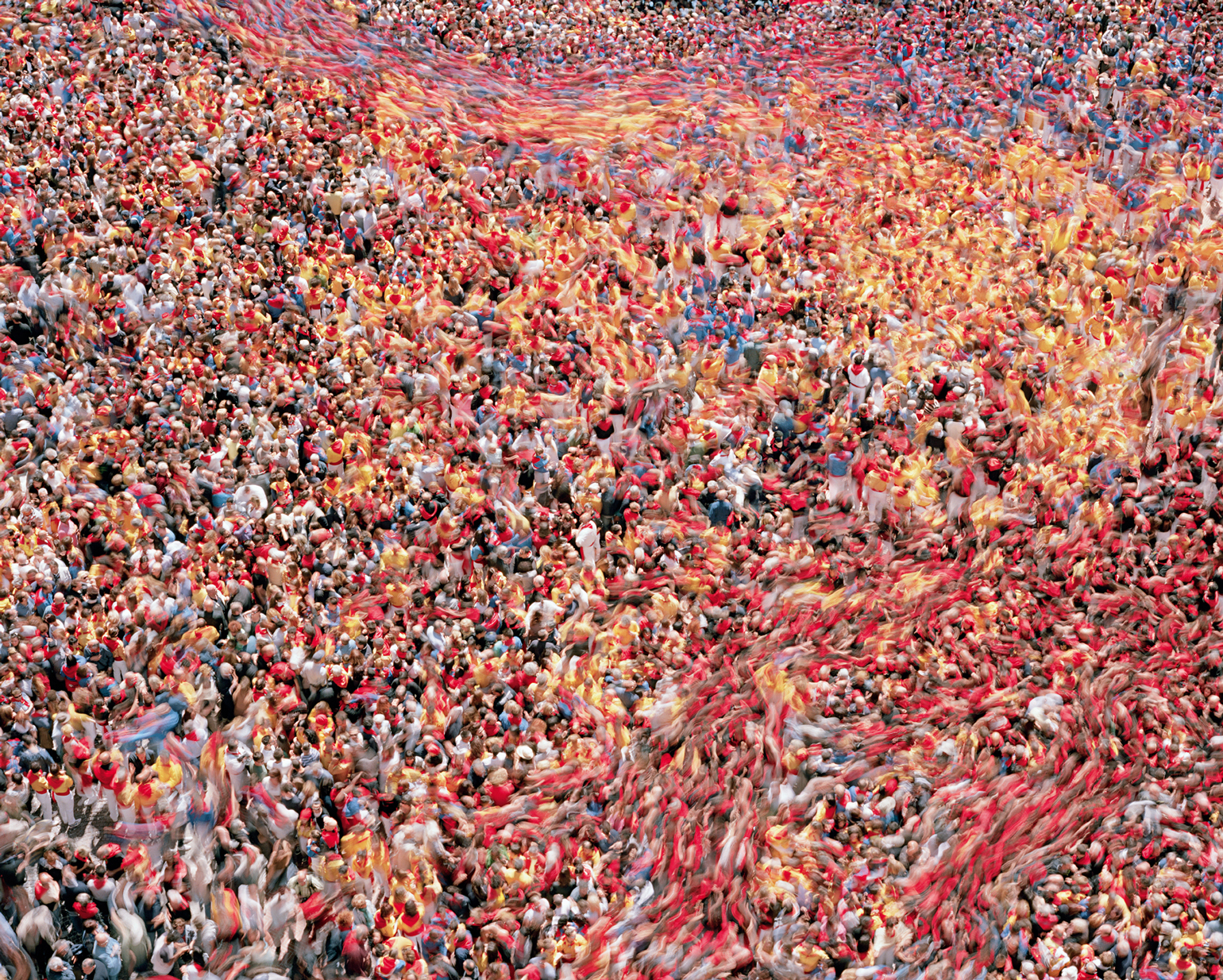
Untitled, 2014, by Cyril Porchet, from the series Crowd. © The artist
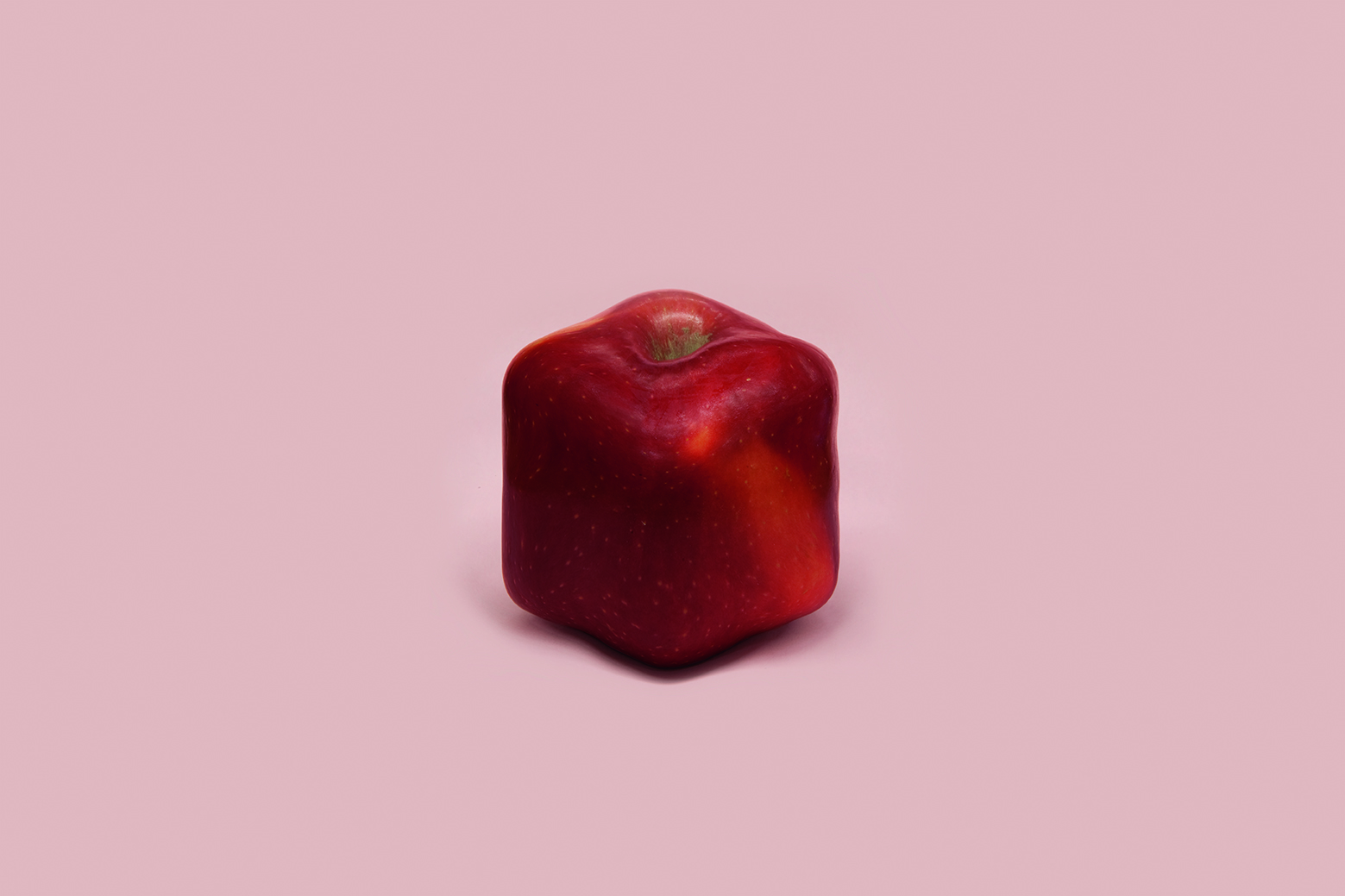
Square apple, 2013, by Robert Zhao Renhui, from the series A Guide to the Flora and Fauna of the World. Sold in a department store in South Korea, these square apples were created as gifts for students taking the College Scholastic Ability Test, with some inscribed with the words ‘pass’ or ‘success’. A similar square watermelon was developed in Japan in the 1980s. The cubic fruits are created by stunting their growth in glass cubes. © The artist

Grand Palais, 2007, by Alec Soth, from the series Paris / Minnesota. © The artist and Magnum Photos
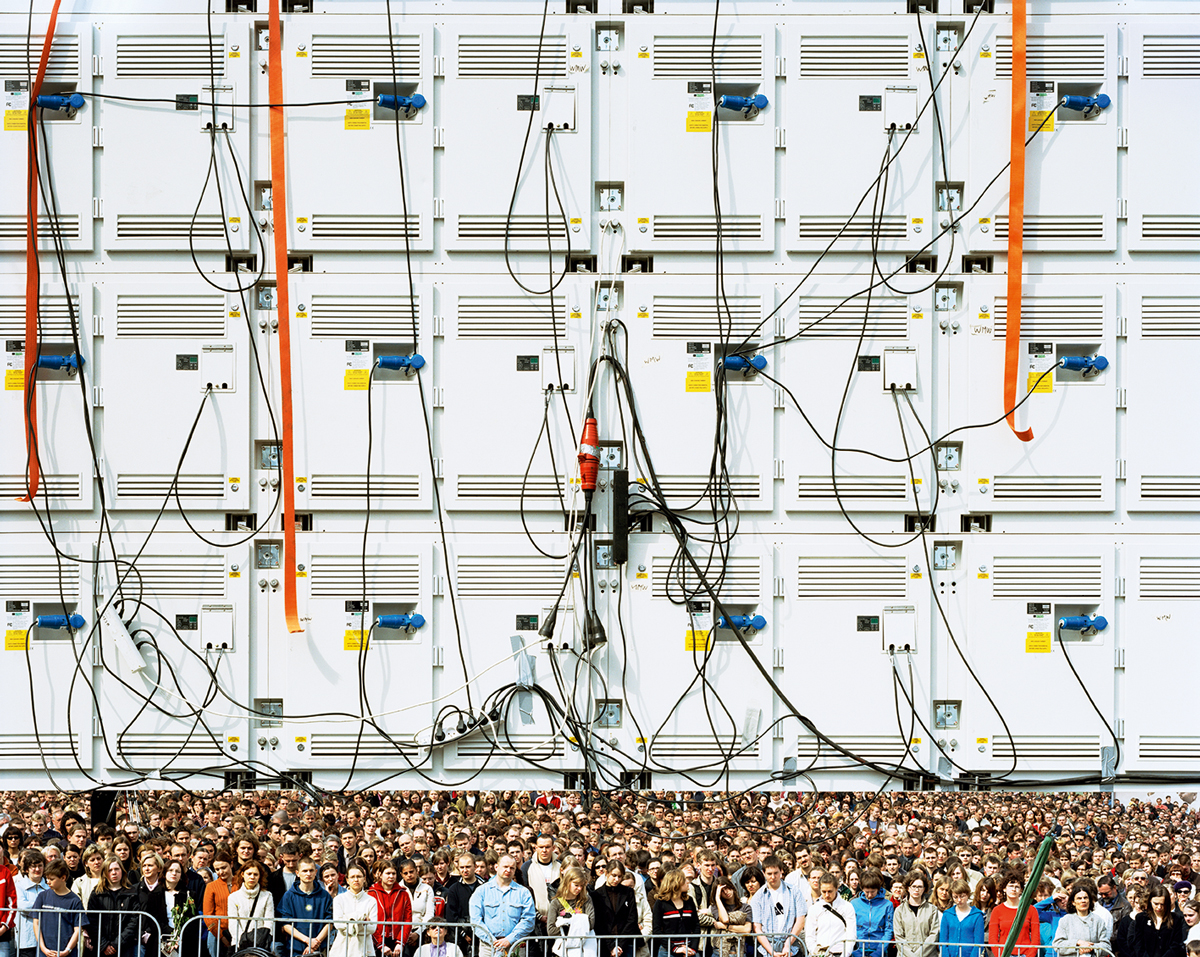
The funeral of Pope John Paul II broadcast live from the Vatican. Warsaw, Poland, 2005, by Mark Power, from the series The Sound of Two Songs. © The artist and Magnum Photos
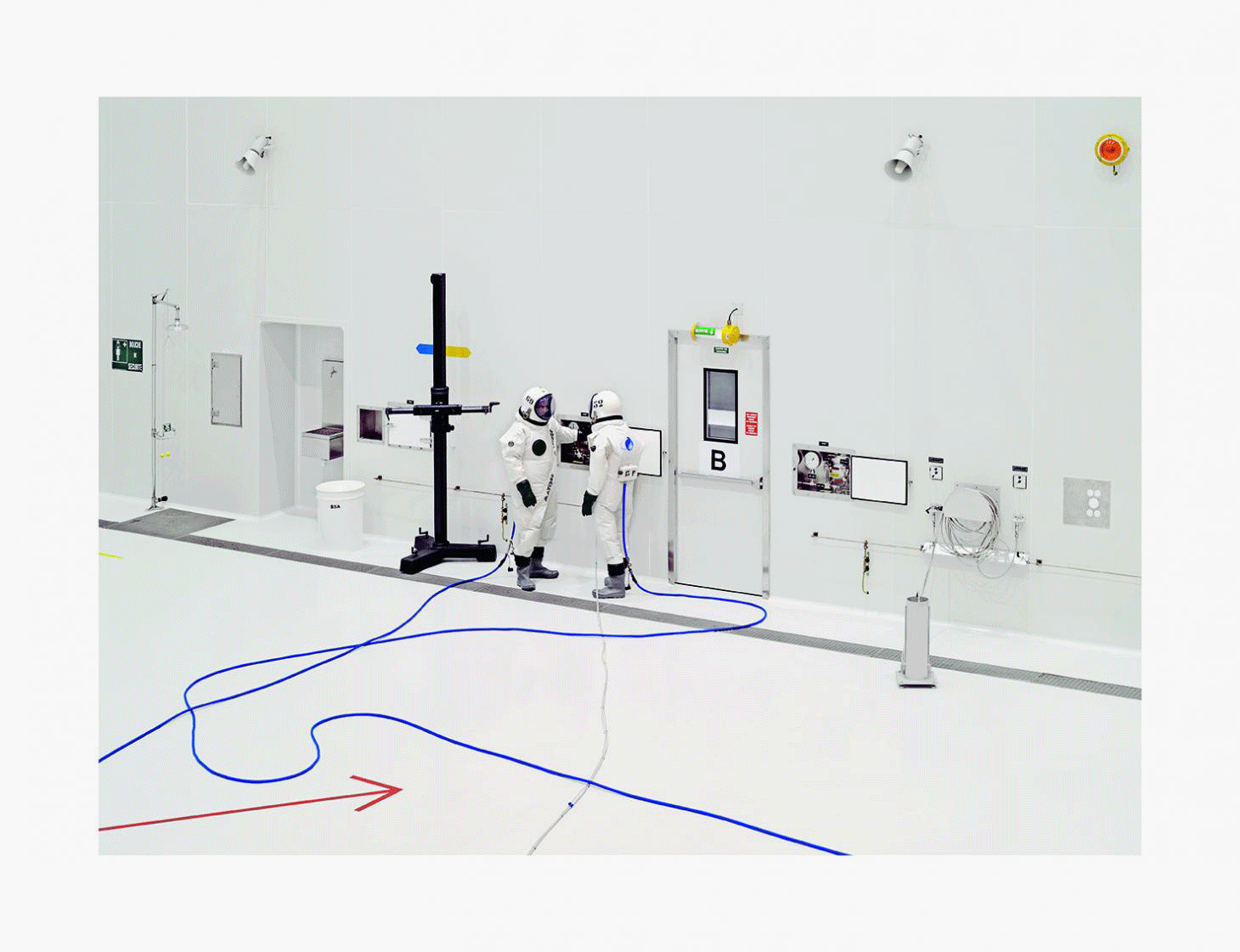
Ergol #3 S1B clean room, Arianespace, Guiana Space Center [CGS], Kourou, French Guiana, 2011, by Vincent Fournier, from the series Space Project. © The artist
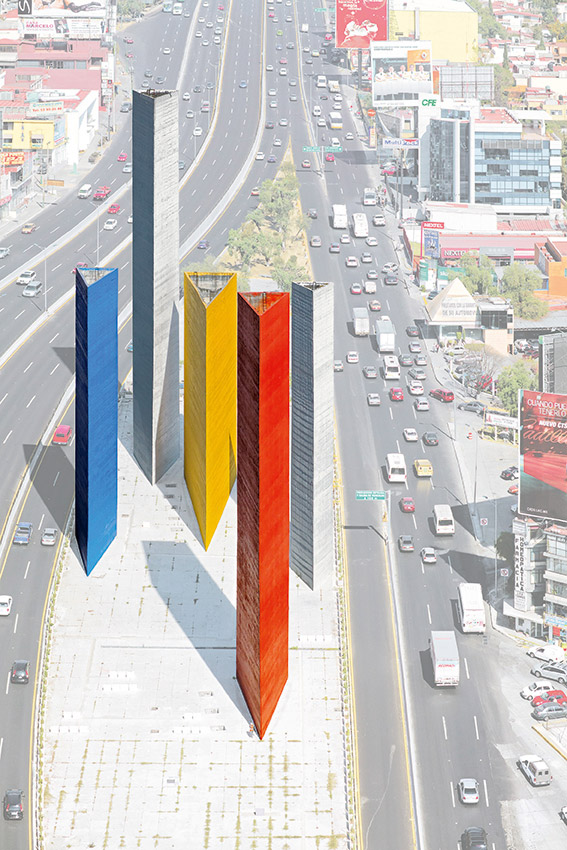
site specific_MEXICO CITY 11, 2011, by Olivo Barbieri. © The artist
INFORMATION
Civilization: The Way We Live Now, £39.95, published by Thames & Hudson. Flowers Gallery in London will show a selection of work by photographers featured in the book from 7 November – 22 December at its Kingsland Road venue
Receive our daily digest of inspiration, escapism and design stories from around the world direct to your inbox.
Elly Parsons is the Digital Editor of Wallpaper*, where she oversees Wallpaper.com and its social platforms. She has been with the brand since 2015 in various roles, spending time as digital writer – specialising in art, technology and contemporary culture – and as deputy digital editor. She was shortlisted for a PPA Award in 2017, has written extensively for many publications, and has contributed to three books. She is a guest lecturer in digital journalism at Goldsmiths University, London, where she also holds a masters degree in creative writing. Now, her main areas of expertise include content strategy, audience engagement, and social media.
-
 ‘I want to bring anxiety to the surface': Shannon Cartier Lucy on her unsettling works
‘I want to bring anxiety to the surface': Shannon Cartier Lucy on her unsettling worksIn an exhibition at Soft Opening, London, Shannon Cartier Lucy revisits childhood memories
-
 What one writer learnt in 2025 through exploring the ‘intimate, familiar’ wardrobes of ten friends
What one writer learnt in 2025 through exploring the ‘intimate, familiar’ wardrobes of ten friendsInspired by artist Sophie Calle, Colleen Kelsey’s ‘Wearing It Out’ sees the writer ask ten friends to tell the stories behind their most precious garments – from a wedding dress ordered on a whim to a pair of Prada Mary Janes
-
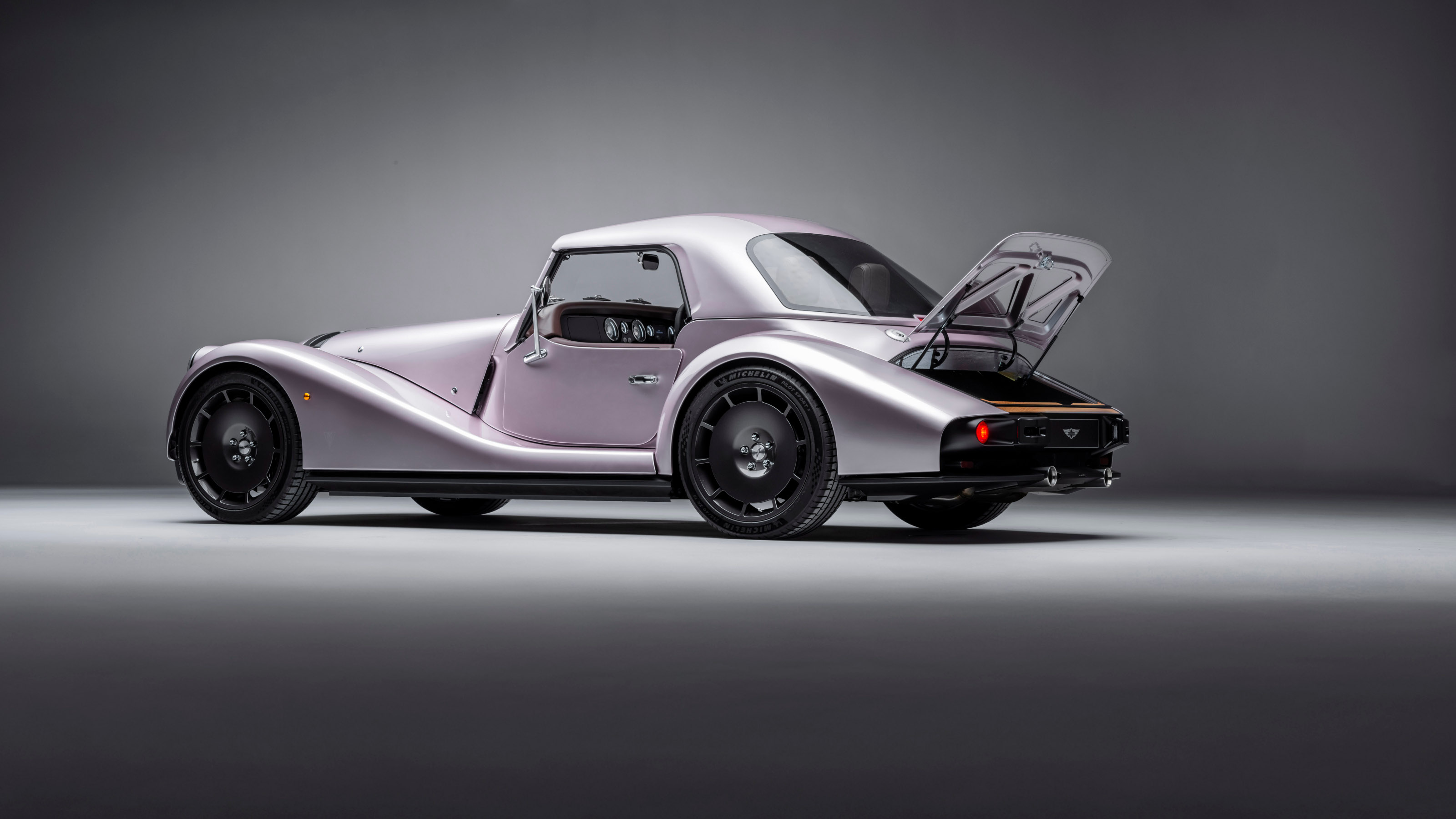 Year in review: 2025’s top ten cars chosen by transport editor Jonathan Bell
Year in review: 2025’s top ten cars chosen by transport editor Jonathan BellWhat were our chosen conveyances in 2025? These ten cars impressed, either through their look and feel, style, sophistication or all-round practicality
-
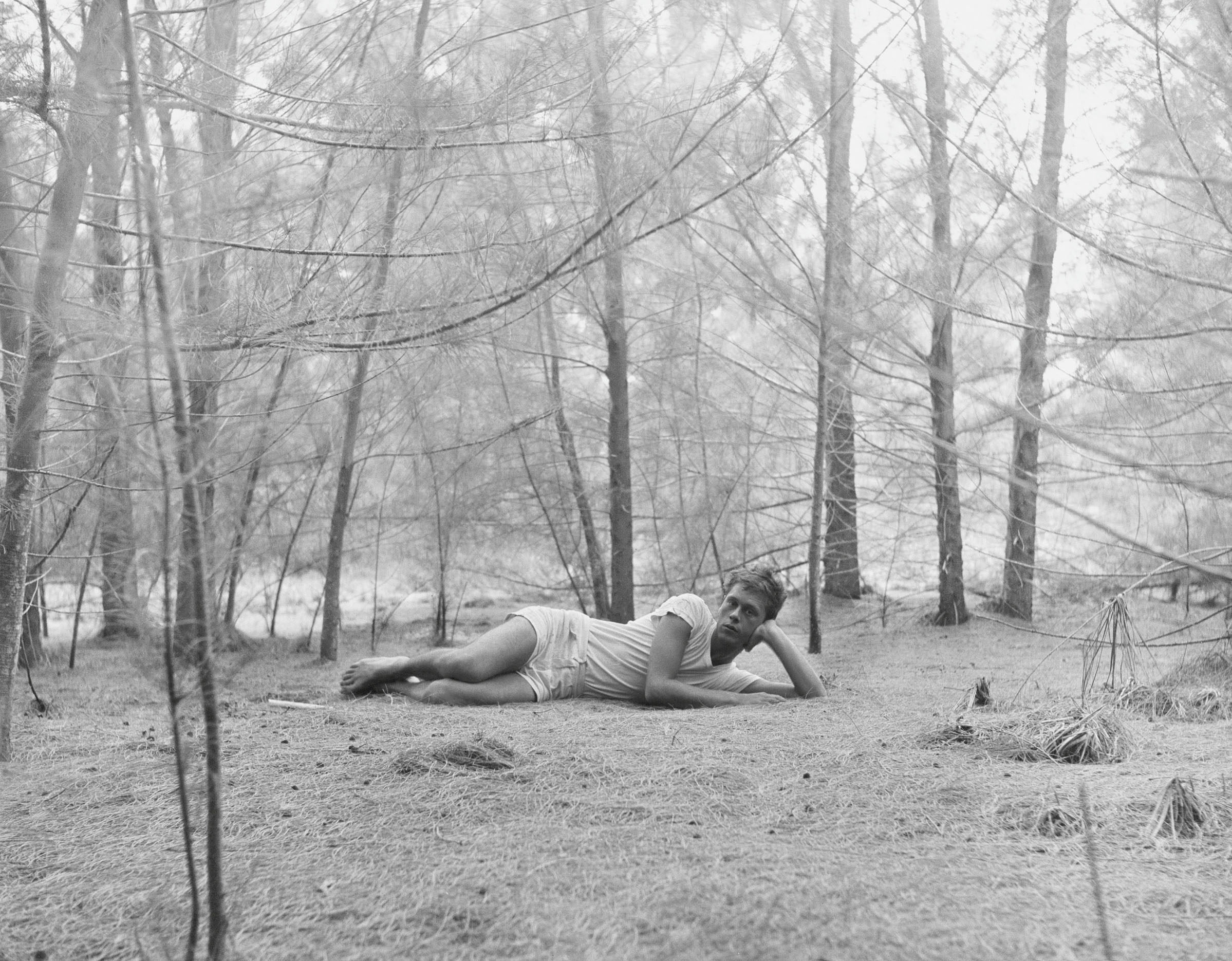 Inside the seductive and mischievous relationship between Paul Thek and Peter Hujar
Inside the seductive and mischievous relationship between Paul Thek and Peter HujarUntil now, little has been known about the deep friendship between artist Thek and photographer Hujar, something set to change with the release of their previously unpublished letters and photographs
-
 Nadia Lee Cohen distils a distant American memory into an unflinching new photo book
Nadia Lee Cohen distils a distant American memory into an unflinching new photo book‘Holy Ohio’ documents the British photographer and filmmaker’s personal journey as she reconnects with distant family and her earliest American memories
-
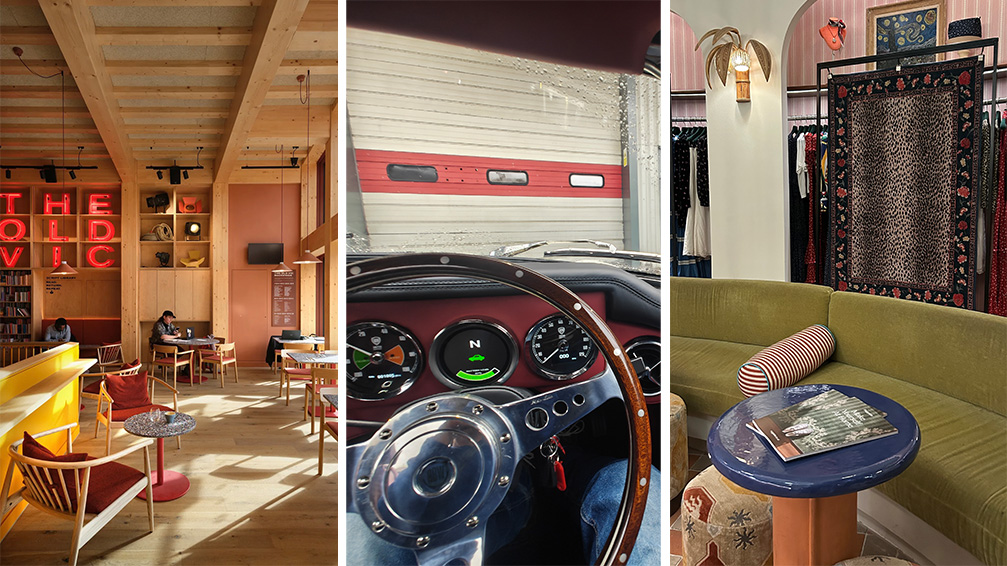 Out of office: The Wallpaper* editors’ picks of the week
Out of office: The Wallpaper* editors’ picks of the weekThe rain is falling, the nights are closing in, and it’s still a bit too early to get excited for Christmas, but this week, the Wallpaper* team brought warmth to the gloom with cosy interiors, good books, and a Hebridean dram
-
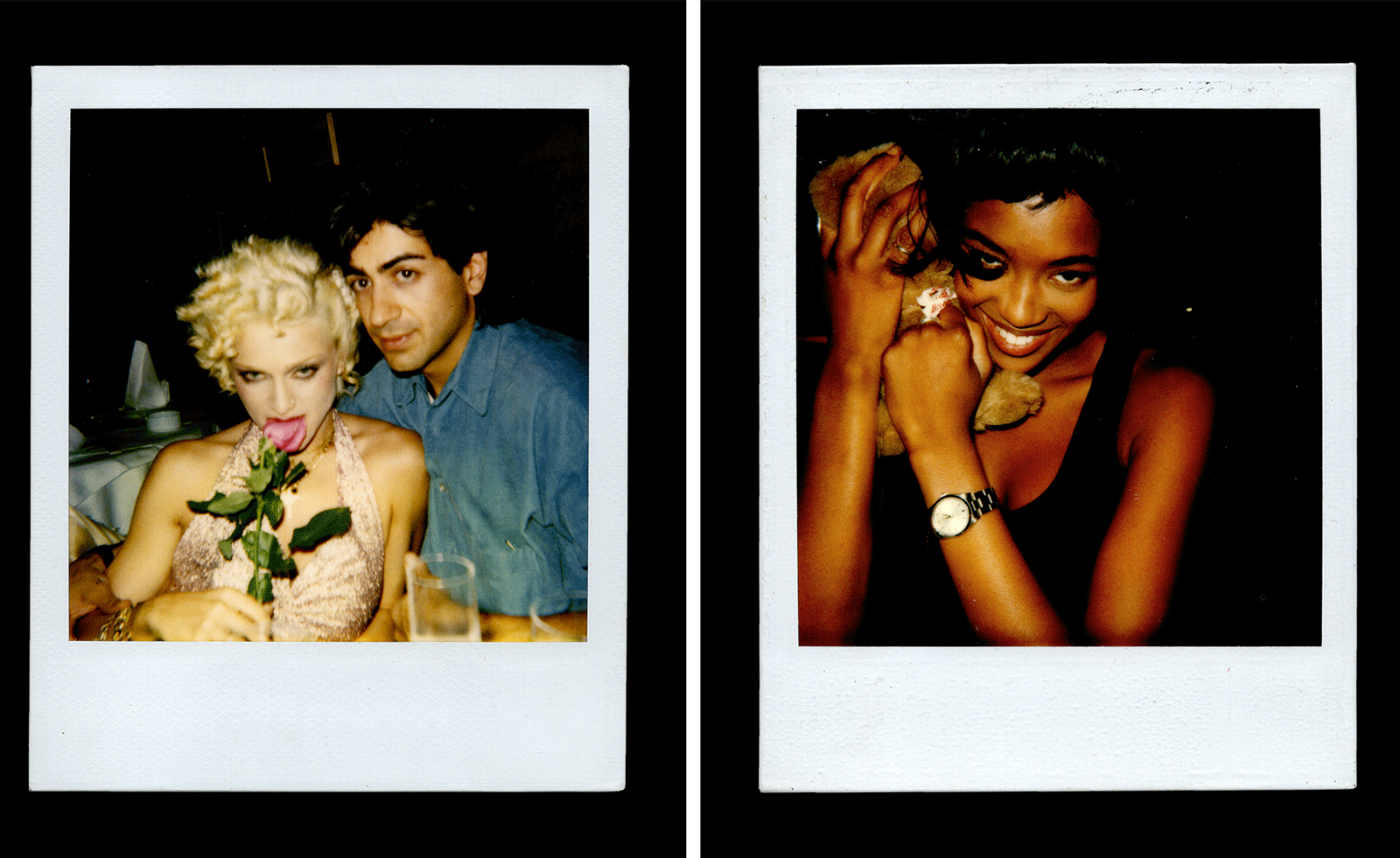 Inside Davé, Polaroids from a little-known Paris hotspot where the A-list played
Inside Davé, Polaroids from a little-known Paris hotspot where the A-list playedChinese restaurant Davé drew in A-list celebrities for three decades. What happened behind closed doors? A new book of Polaroids looks back
-
 Inside the process of creating the one-of-a-kind book edition gifted to the Booker Prize shortlisted authors
Inside the process of creating the one-of-a-kind book edition gifted to the Booker Prize shortlisted authorsFor over 30 years each work on the Booker Prize shortlist are assigned an artisan bookbinder to produce a one-off edition for the author. We meet one of the artists behind this year’s creations
-
 Out of office: The Wallpaper* editors’ picks of the week
Out of office: The Wallpaper* editors’ picks of the weekThis week, the Wallpaper* editors curated a diverse mix of experiences, from meeting diamond entrepreneurs and exploring perfume exhibitions to indulging in the the spectacle of a Middle Eastern Christmas
-
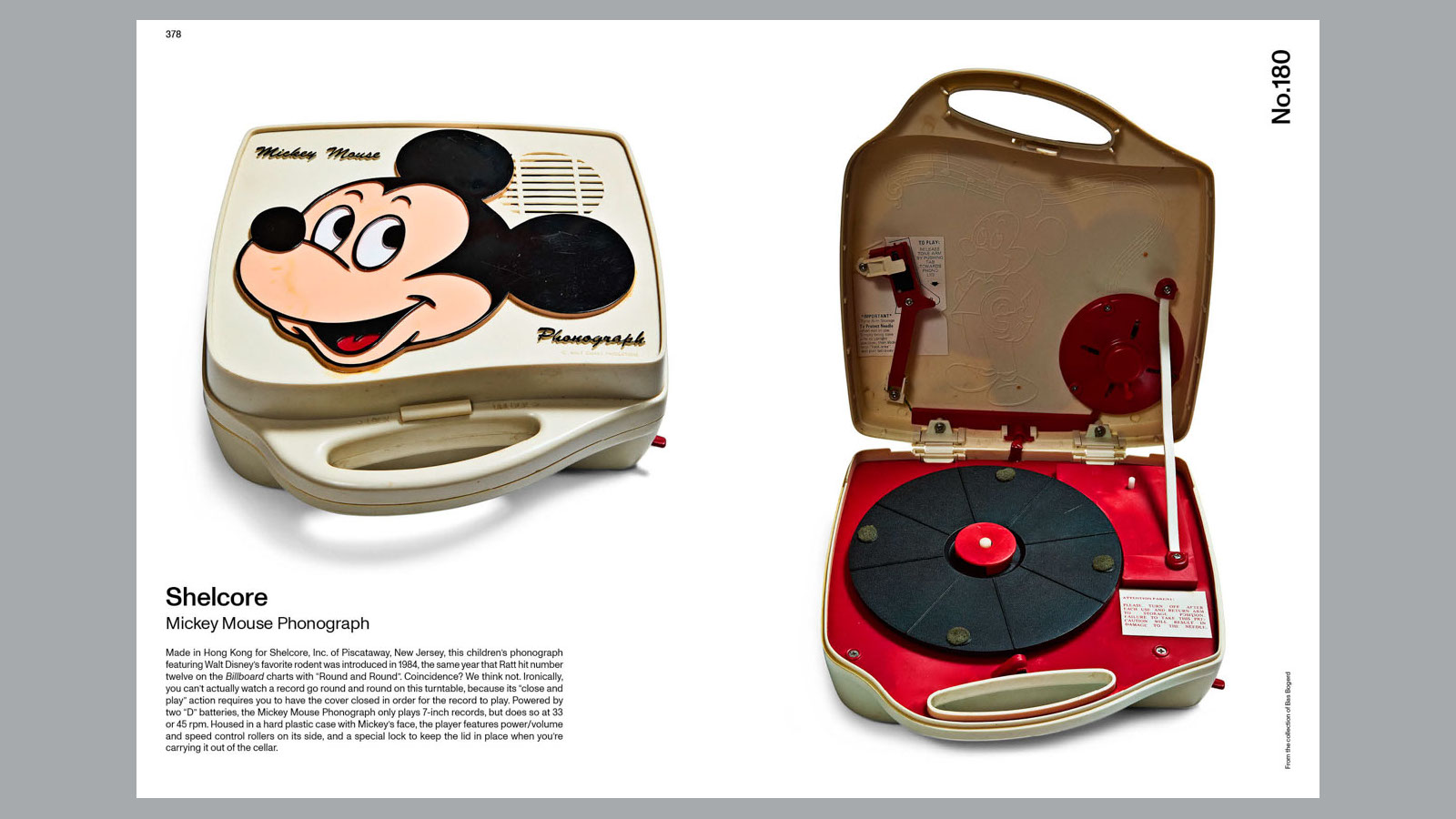 14 of the best new books for music buffs
14 of the best new books for music buffsFrom music-making tech to NME cover stars, portable turntables and the story behind industry legends – new books about the culture and craft of recorded sound
-
 Jamel Shabazz’s photographs are a love letter to Prospect Park
Jamel Shabazz’s photographs are a love letter to Prospect ParkIn a new book, ‘Prospect Park: Photographs of a Brooklyn Oasis, 1980 to 2025’, Jamel Shabazz discovers a warmer side of human nature